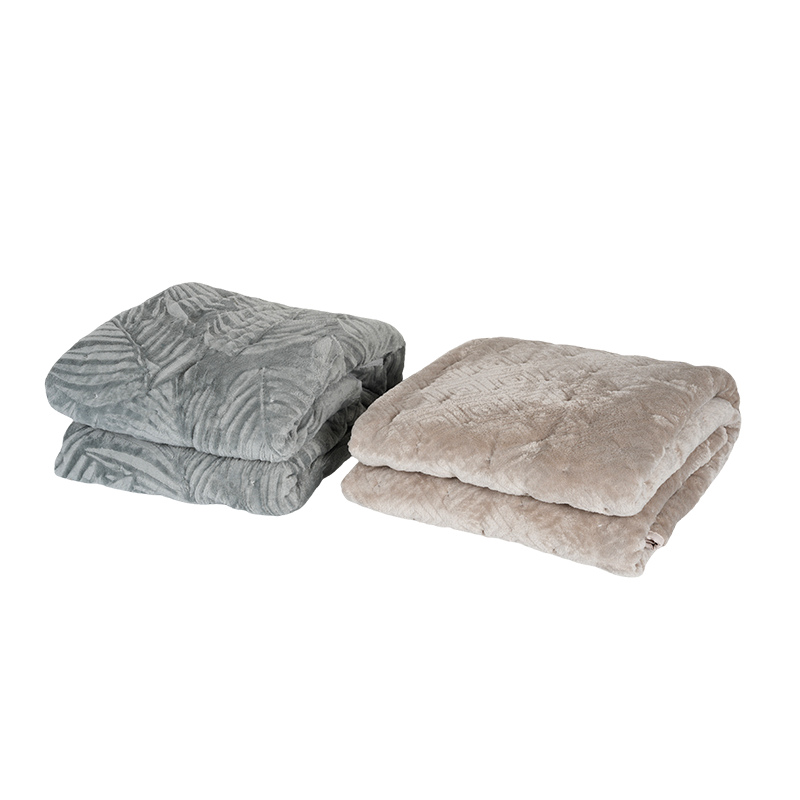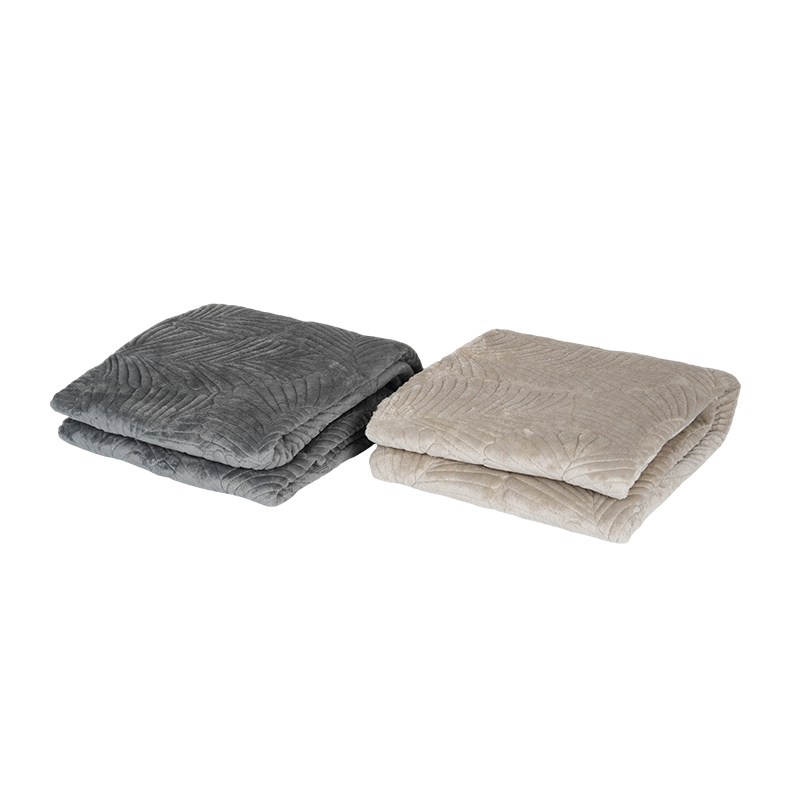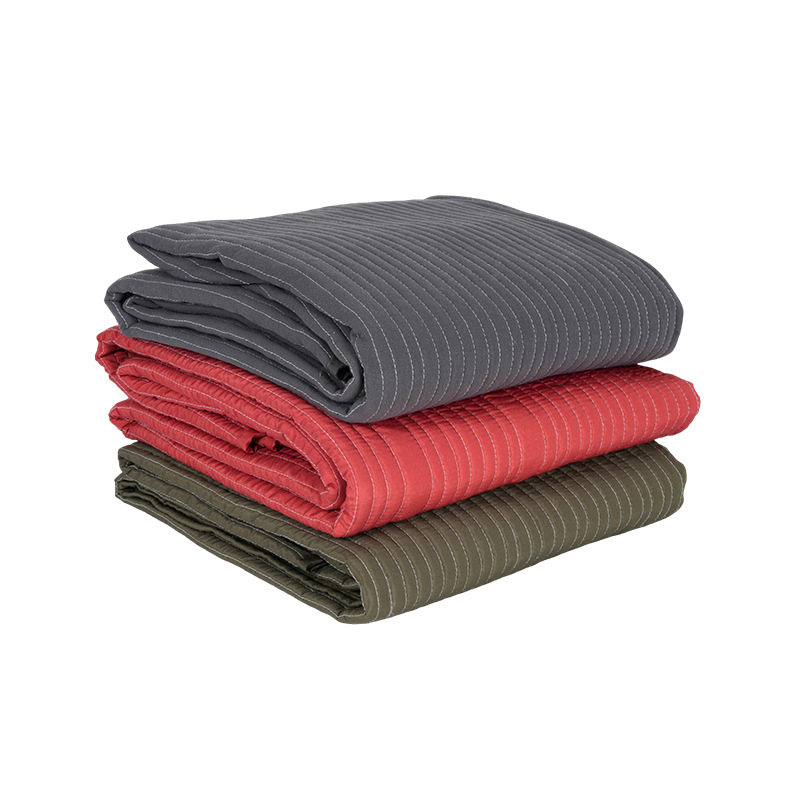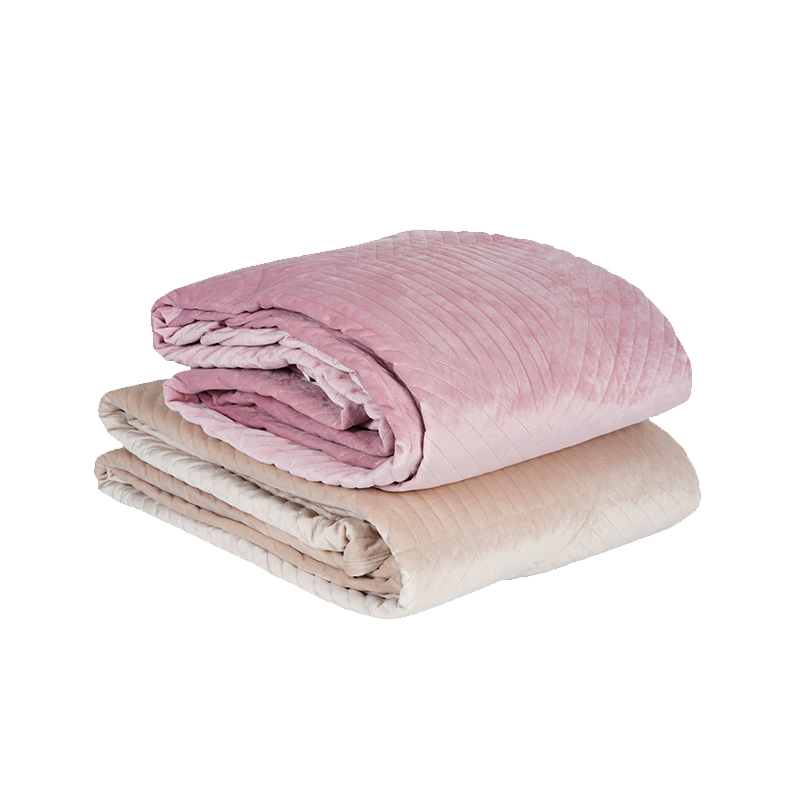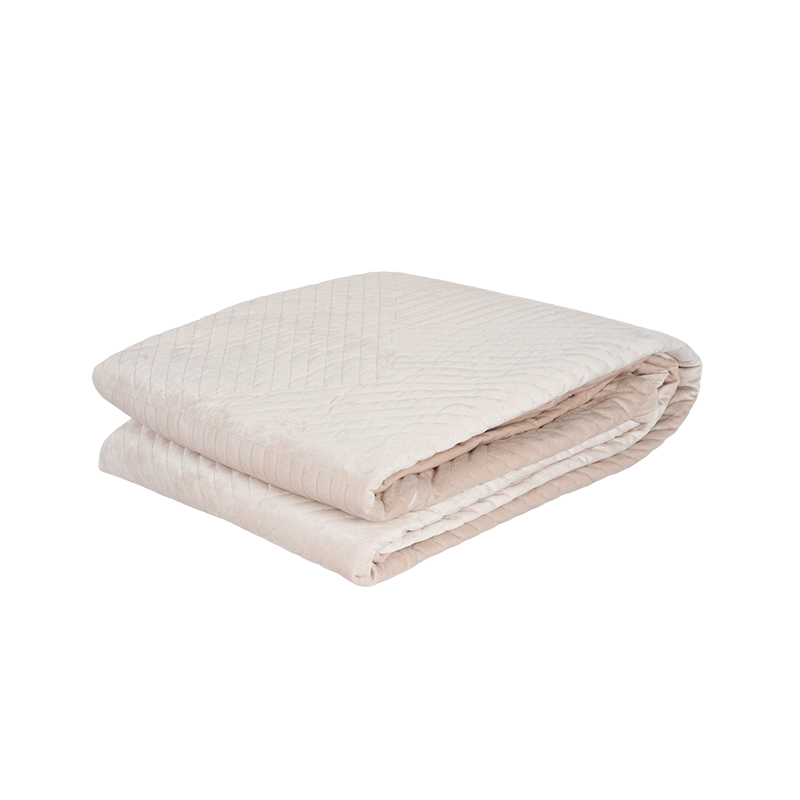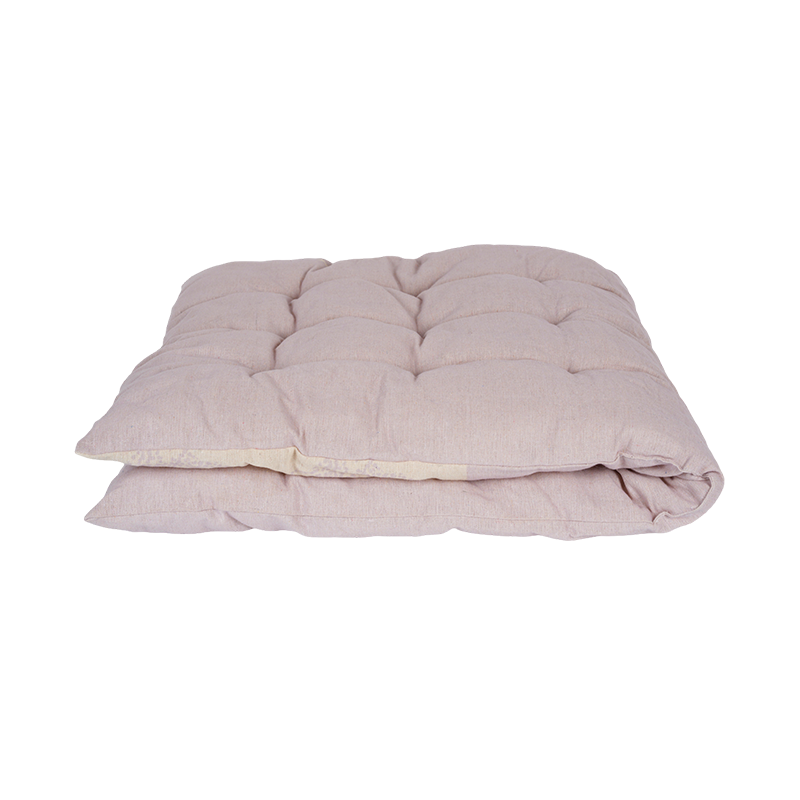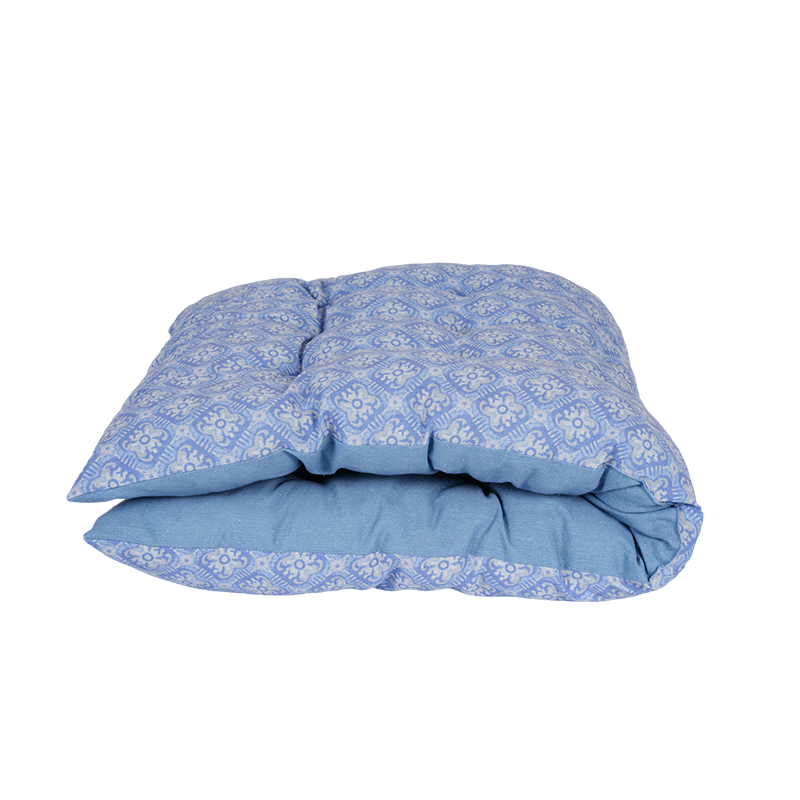- Type:
- Industry News
- Date
- 2025-Jun-09
The Core Structure of the Thick Textured Non-Deformable Seat Cushion
The non-deformable aspect is typically achieved through high-resilience foam or layered memory foam blends. These materials resist compression over time, making the Thick Textured Non-Deformable Seat Cushion a suitable choice for daily or prolonged use. Whether in office chairs, wheelchairs, dining seats, or car interiors, this cushion maintains its integrity and performance.
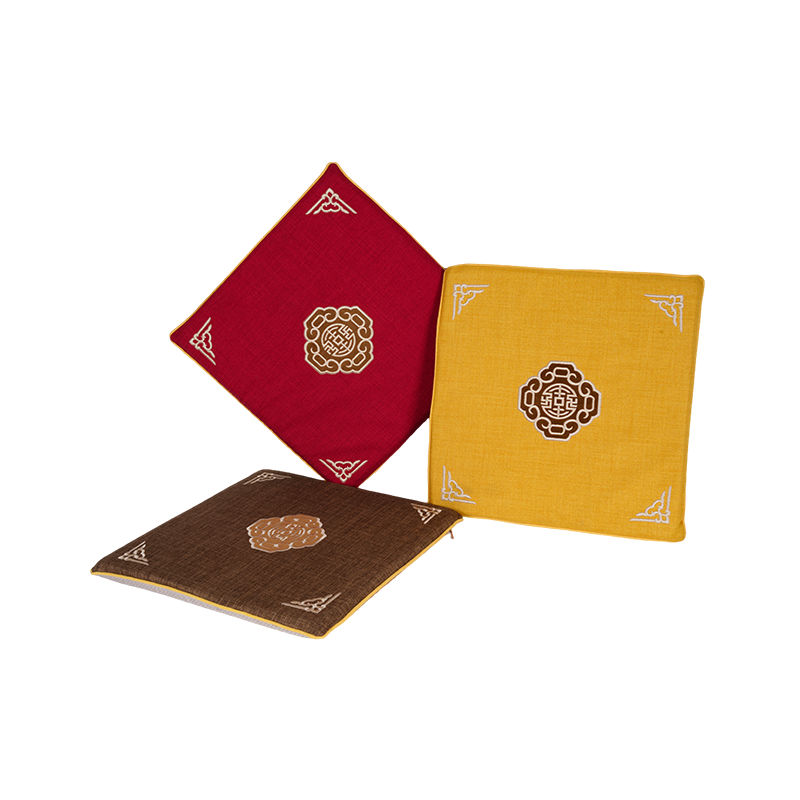
The textured surface, meanwhile, adds an extra layer of comfort and sophistication. Some textures are subtle—like a quilted cotton or woven linen blend—while others use raised stitching or patterns to enhance airflow and sensory engagement.
The Growing Role of Personalization
As the market matures, one of the significant shifts has been the rise of personalized options for the Thick Textured Non-Deformable Seat Cushion. Consumers no longer settle for one-size-fits-all solutions. Instead, many are choosing cushions that suit their body types, design tastes, and specific lifestyle needs.
One popular form of personalization is size customization. Depending on the user's height, weight, and seat type, manufacturers now offer Thick Textured Non-Deformable Seat Cushion models in varying widths, depths, and thickness levels. A person using a wheelchair may need a different structure than someone looking for enhanced posture support at a home desk. Having access to customized dimensions ensures comfort and function.
Fabric and Color Customization
Another aspect of personalization relates to fabric choices. The standard Thick Textured Non-Deformable Seat Cushion may come in neutral tones like gray, beige, or navy, but more options are now available for consumers seeking to match their interior style or personal aesthetic. Popular fabrics include canvas, microfiber, faux leather, cotton blends, and linen—each with distinct qualities for touch, durability, and cleaning ease.
Some brands offer swatch selection services where users can pick the material that feels better and matches the surrounding decor. This attention to detail increases the sense of ownership and satisfaction with the Thick Textured Non-Deformable Seat Cushion, especially for long-term use in visible settings.
Additionally, color personalization allows users to coordinate their cushions with their home or office palettes. Whether matching a rustic wooden chair or a sleek contemporary workspace, a Thick Textured Non-Deformable Seat Cushion can now be both functional and visually harmonious.
Embroidery and Labeling
A subtler but increasingly popular form of personalization is embroidery or stitched labeling. Some manufacturers allow initials, logos, or even motivational quotes to be stitched into the edge or underside of the Thick Textured Non-Deformable Seat Cushion. This adds a personal or professional touch, making the cushion not just a utility item but a part of personal branding or gifting.
Custom labeling is also useful in shared spaces such as co-working environments, assisted living facilities, or large households, where individual cushions can be identified without confusion.
Function-Driven Custom Features
Beyond appearance, function-based personalization plays a crucial role. The Thick Textured Non-Deformable Seat Cushion can be tailored for orthopedic or therapeutic use, with insertable gel layers, cooling zones, or wedge-shaped contours that support posture correction and circulation.
Some models include breathable mesh zones or pressure-mapping technology that adjusts the cushion's density according to the user's body. These advanced personalizations reflect a deeper integration between health awareness and product design.
Portability and Storage Considerations
Modern consumers also want portable and easy-to-store seating solutions. A personalized Thick Textured Non-Deformable Seat Cushion may come with built-in handles, removable covers with zippers, or folding capabilities for convenient transport. These modifications suit users who move between multiple seating environments—such as remote workers, students, or people frequently on the road.


 English
English
 English
English Español
Español